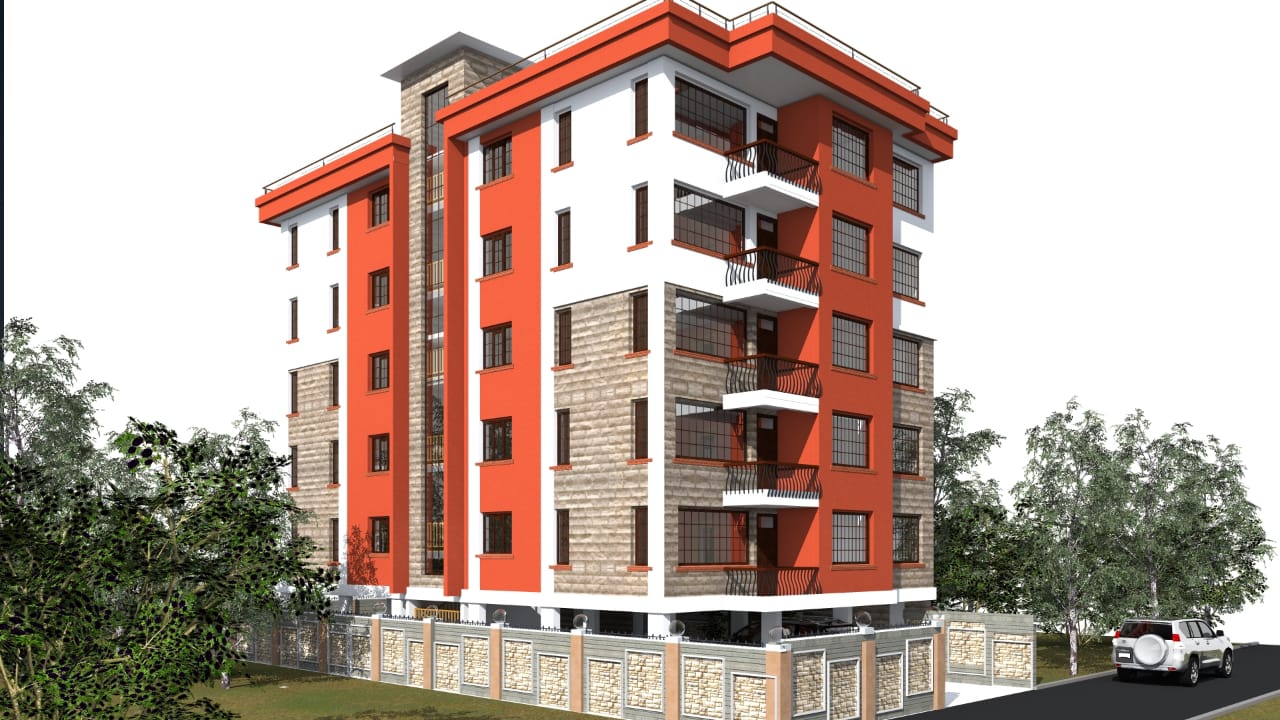House prices remained in the negative territory during the third quarter of 2019. The latest Kenya Bankers Association House Price Index (KBAHPI) attributes to weakening both in supply and demand and demand.
In the period under review, house prices declined by 2.28% compared to the 1.72% decline reported in the previous quarter. The sustained decline, according to the KBAHPI, is an indication of an emerging trend where prices have transitioned from a continuous positive trend seen since the last quarter of 2014.
“If the price softening is sustained into the last quarter of the year and going forward, it will be a pointer to a market correction that comes after a long streak of house price increases,” the index notes.
This is an indication that house prices in the third quarter were sensitive to the size of the house, location and amenities in a trend underpinned by a supply-demand imbalance.
On the supply-side, the 25% increase in housing units transacted during the quarter were largely a reflection of supply spillovers from the second quarter rather than new properties entering the market.
This is considering that the supply-side of the market has been characterized by a slump in approvals of housing plans, a decline in cement production and consumption, with muted growth in advances to building and construction sector compounding the tapering off momentum.
See >> It’s Cheaper to Buy Luxur
KBA analysts say demand side factors that explain the subdued outlook include a clear disconnect between the overall output growth in the economy and effective demand by potential homeowners. Secondly, the tight credit conditions that have seen a decline in advances to households has adversely influenced their ability to access appropriate resources toward home ownership.
“Lastly, households’ disposable incomes remain constrained,’’ said KBA Research and Policy Director Mr. Jared Osoro.
Apartments in demand
Apartments continued to dominate buyer preferences in the housing market, suggesting predominance of the middle-income segment of the population.
The KBA-HPI inter-quarter sub-regional findings show significant downside price movements, with apartments in region 2 registering the highest decline compared to region 1 even as price appreciations were registered for bungalows in region 1.
The KBA-HPI regions are based on clustered price ranges across several counties as follows:
Region 1: Athi River, Mlolongo, Mavoko, Nakuru, Ngong, Ruaka, Syokimau, Embakasi, Kahawa Wendani, Thika, Mtwapa, Utange, Kitengela, Kiembeni, Nyeri, Likoni, Eldoret, Ruiru, Kilifi,Thika road (Kasarani, Roysambu, Ruaraka), Meru, Bungoma.
Region 2: Thindigua (Kiambu Road), Kiambu, South B, South C, Kabete, Komarock, Imara Daima, Membley, Buruburu, Rongai, Waiyaki Way (Uthiru, Regen, Kinoo, Kikuyu), Mbagathi road, Ngong Road, Langata.
Region 3: Kileleshwa, Kilimani, Lavington, Westlands, Spring Valley, Riverside, Milimani (Kisumu), Milimani (Nakuru), Runda, Karen, Garden Estate, Parklands, Ridgeways, Muthaiga, Loresho, Kitisuru, Adams Arcade, Nyali, Mountain View, Nyari.
Next Read >> When Off-Plan Buying Makes Economic Sense













Leave a comment